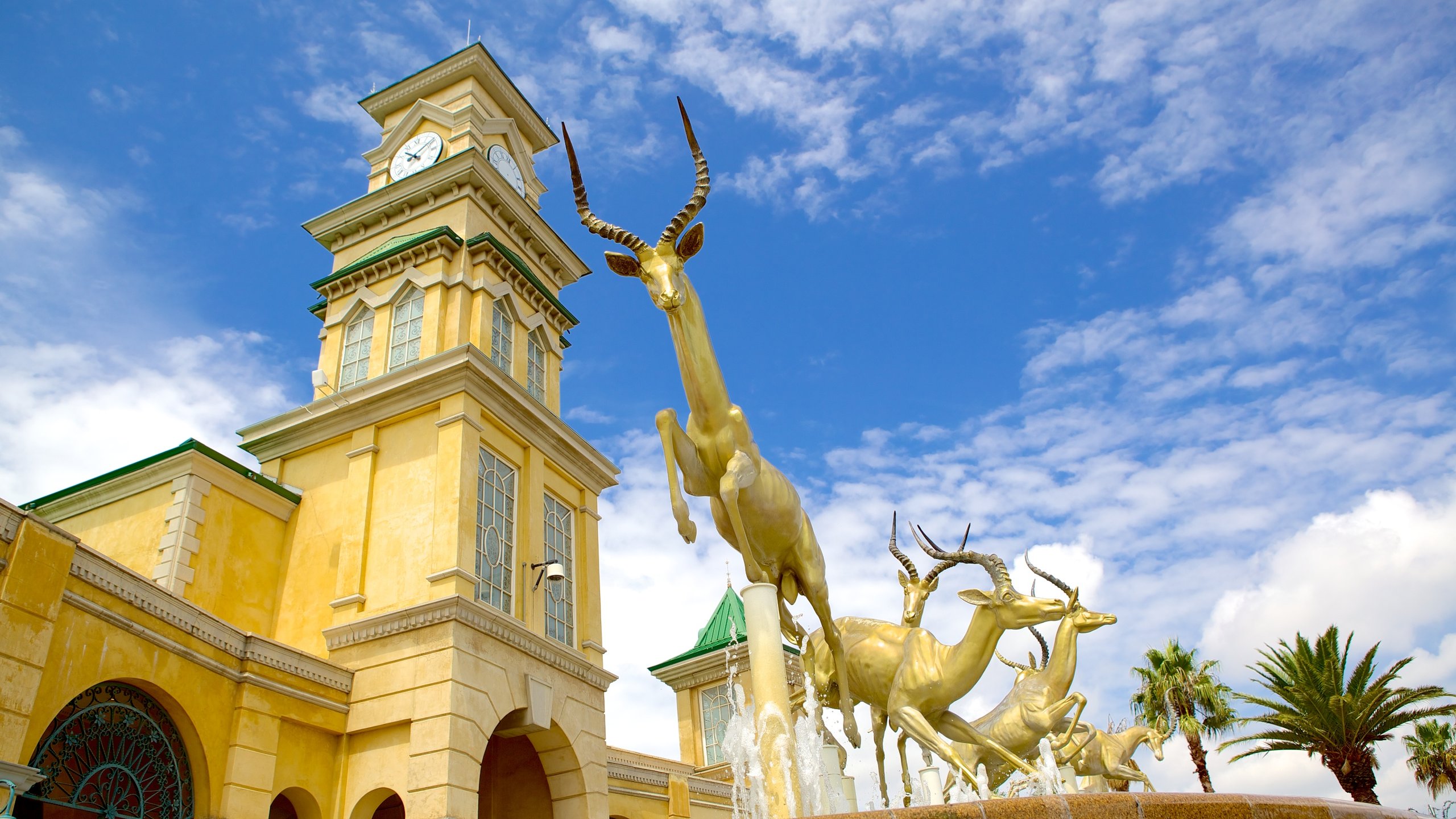Our Johannesburg North Attractions Diaries
The Only Guide to Johannesburg North Attractions
Table of ContentsThe Basic Principles Of Johannesburg North Attractions Johannesburg North Attractions Things To Know Before You Get This9 Easy Facts About Johannesburg North Attractions ExplainedJohannesburg North Attractions - TruthsSome Known Details About Johannesburg North Attractions 6 Simple Techniques For Johannesburg North AttractionsThe Best Guide To Johannesburg North Attractions
Nonetheless you should maintain safety in mind and visitors have to remain sharp in any way times when in strange environments. Talk to the locals when you remain in town to discover the area you are remaining in. Johannesburg North attractions. When on the road (this does not use to shopping center and various other safe and secure environments) best general guidance is to try your ideal to look like a local and to stay clear of presenting any type of type of riches
See This Report about Johannesburg North Attractions
Professor Revil Mason O. J. (Thomson, 1946) explored the Witwatersrand's pre-colonial history. His historical job blew up the 'em pty land' myth, according to which the region was without human habitation before the arrival of European settlers. In his publications Prehistory of the Transvaal: A Record of Human Activity (1962) and Beginnings of Black People of Johannesburg and the Southern Western Central Transvaal AD 3501880 (1986 ), Teacher Mason showed the degree of social and economic growth in the location before Europeans set foot below.

The Ultimate Guide To Johannesburg North Attractions
In 1878, David Wardrop located gold in quartz capillaries at Zwartkop, north of Krugersdorp. In 1881, Stephanus Minnaar came across gold on the farm Kromdraai, near the Cradle of Mankind.
In March 1886, a protrusion (quickly to be called the Main Coral reef) was located, rather fortuitously, on Gerhardus Oosthuizen's farm Langlaagte. Some claim that the Lancastrian coal miner George Pedestrian found this reef. One more itinerant English miner, George Harrison (that had formerly operated in Australian mines) acquired a prospecting licence in regard of Langlaagte in May 1886.
He decided to relocate on in a mission for greener pastures, and disposed of his Langlaagte case for the handsome sum of 10. Alas: beneath lay the richest goldfield ever before found. The exploration of this rich auriferous coral reef provoked a gold rush that indicated completion of agrarian tranquillity in the southerly Transvaal.
It would, within 6 years, become the biggest town in southerly Africa. Within a decade, it would certainly make the Z. A. R. until then an anarchical and bankrupt little state the richest country in Africa. By the millenium, the Z. A. R. was to exceed Russia, Australia and the USA of America to become the globe's leading gold producer, generating even more than a quarter of the world's gold.
The Best Strategy To Use For Johannesburg North Attractions
It was understood as Ferreira's Camp, called after Colonel Ignatius Ferreira. He was a Boer traveler upon whom the British authorities had presented the standing of Companion of one of the most Differentiated Order of St Michael and St George (qualifying him to the post-nominal letters C. M. G.) in thankfulness for his duty in the battle that had deposed the Pedi king Sekhukhune in 1879.
Soon the camp was including camping tents and wagons as newbies arrived daily from much and wide. By September 1886, some 400 people stayed in Ferreira's Camp, which soon boasted prefabricated iron and lumber buildings. 2 various other camps were developed: Meyer's Camp on the farm Doornfontein, and Paarl Camp. The latter was nicknamed Afrikander Camp; lots of people from the Cape Swarm worked out there.

Little Known Questions About Johannesburg North Attractions.
This name gained money by word of mouth, such that the State Assistant affirmed the name to the Mining Commissioner on 9 October 1886. Stands in the village go right here were auctioned on 8 December 1886. While some stands were cost 10, others were torn down for just sixpence.
2 years later on, these erven were to transform hands for as long as 750 each. The tented camps diminished as a dorp of corrugated iron structures developed and expanded north of the mines located along the Main Reef Roadway. Areas such as Jeppe's Town (where working-class immigrants erected their residences) and Doornfontein (where the upscale new 'Randlords' started to construct their opulent homes) were quickly contributed to the ever-expanding map of the community.
Johannesburg North Attractions Things To Know Before You Buy
Apart from the road names, there were no indicators of Johannesburg being located in a Dutch-speaking country., almost everybody spoke English and also the Government servants resolved one in English, unless they were first dealt with in the Taal (or Low Dutch)'.
Because of this, Britain had an interest in ensuring ideal conditions for gold manufacturing on the Witwatersrand, and that the gold was exported to London instead of Berlin an important made all the extra clamant by the Z. A. R - Johannesburg North attractions.'s enhancing toenadering with Germany. Mine proprietors got on a clash with Head of state Kruger, whose policy of monopolistic concessions (usually check my site provided to his cronies) prevented mining business from obtaining supplies of products click over here now (especially dynamite) and labour by themselves, less expensive terms
A Biased View of Johannesburg North Attractions
In 1890, the Volksraad had restricted the franchise to white guys that had actually lived in the Z. A. R. for fourteen years or longer, hence invalidating the majority of the immigrants (who happened to be the significant contributors to the fiscus). Agitation for the vote was a mere pretext for promoting a various schedule; the majority of uitlanders concerned themselves as short-lived site visitors and had no intent of staying in the Z.